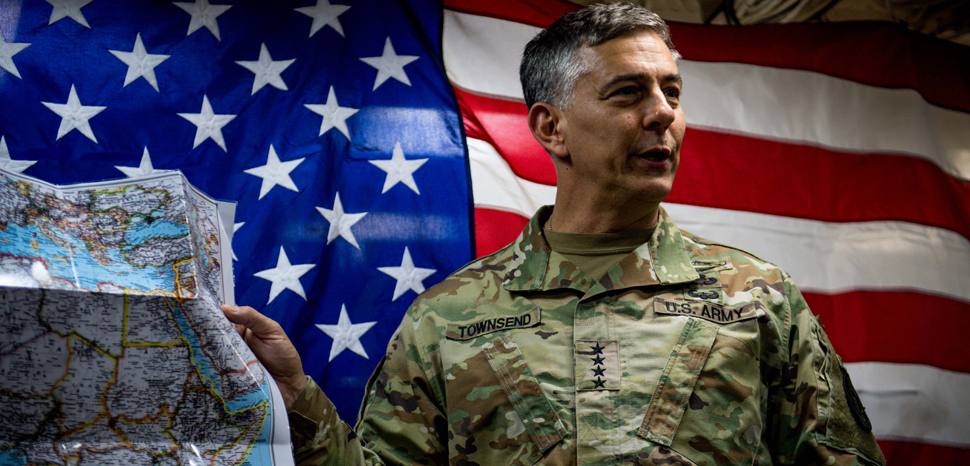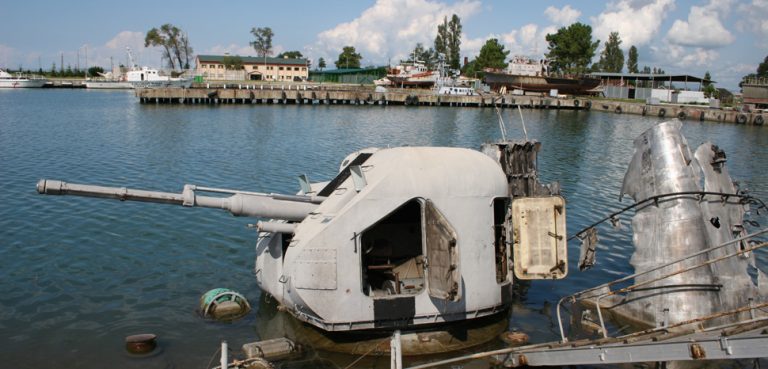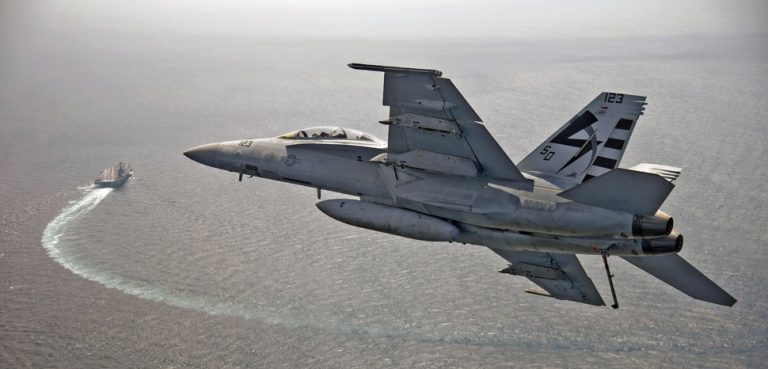In October of 2017, news regarding the deaths of four American military personnel during an ambush in Niger spurred several questions, most notably: What are American servicemembers doing in Niger?
The answer unveils the complexity of fighting a “War on Terror,” a battle that has only evolved and expanded in scope following the 9/11 attacks. In spite of a nearly two-decade long investment in countering terrorism, few could argue against the fact that the opponent in this battle was not a fixed enemy in any traditional sense. Instead, this war was to be fought against a sophisticated and fluid network that could undergo permutations in its name, ideology, leadership, and perhaps most salient, location.




